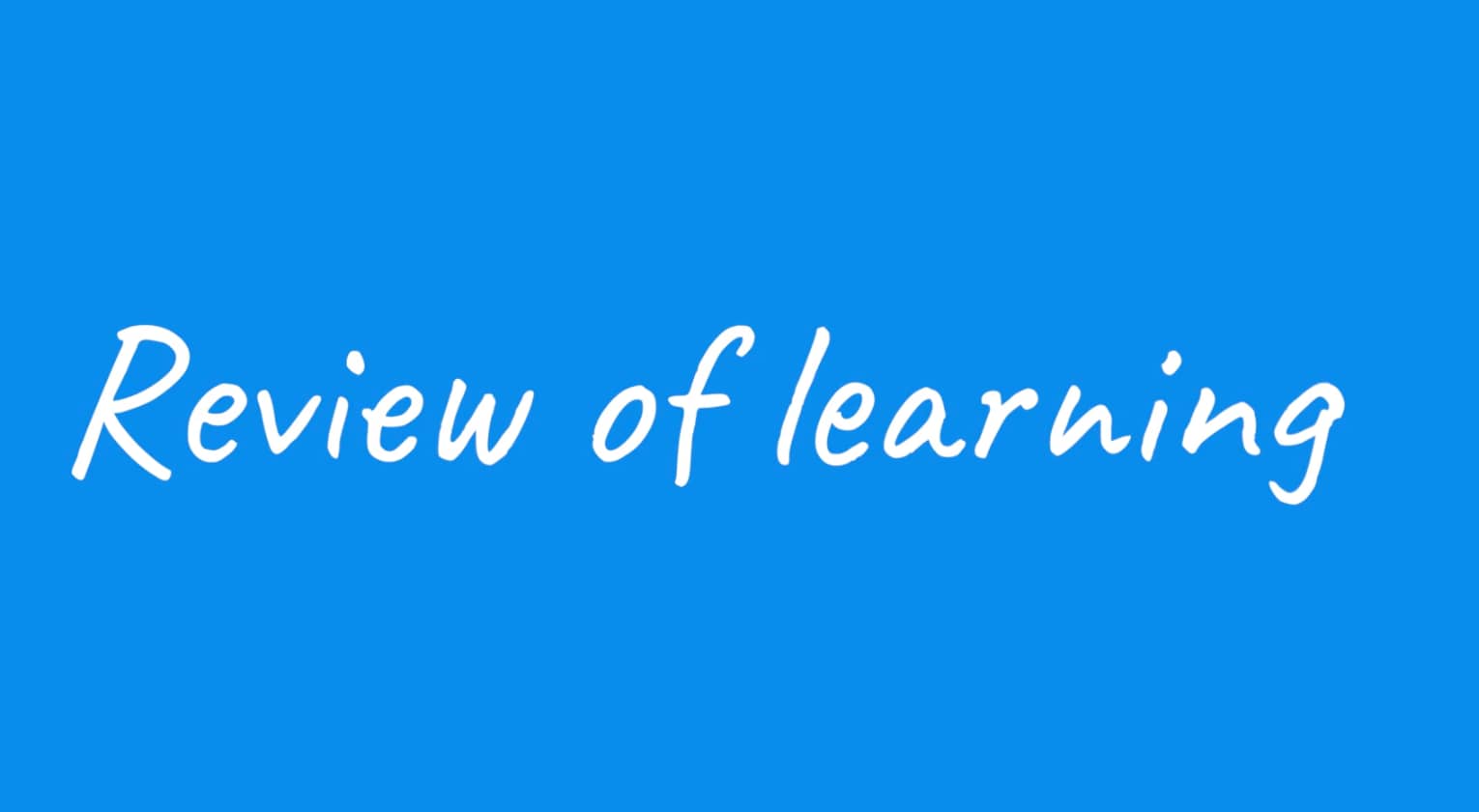This Music video introduces teachers to a consolidation lesson at the midpoint of the instrumental scheme. Pupils revisit all the music studied so far, performing pieces from previous topics and recalling contextual knowledge about each style.
year: Year 6
Teacher video: Exploring octaves
This Music video introduces teachers to the concept of the octave and how to help pupils recognise, write, and perform it. Pupils will learn that an octave is the eight-note distance between two notes of the same name, where the upper note vibrates at double the frequency of the lower.
Teacher video: Cyclic patterns
This Music video introduces teachers to exploring cyclic patterns in lesson four of the Indonesia topic. Pupils will recap the key features of Gamelan music, including the use of the Slendro scale, octave variation, note length, and repeating cyclical structures, before creating their own eight-note melodies.
Teacher video: Finishing touches
This Music video introduces teachers to exploring the concept of timbre and applying it to the Gamelan-inspired piece, Blue Sky. Pupils will investigate the sounds of untuned percussion instruments, learn how timbre creates contrast with tuned percussion, and describe the qualities of different sounds before adding them into their class performance.
Teacher video: Crotchets
This Music video introduces teachers to combining singing and rhythmic ostinato patterns as part of the South Africa unit. Pupils will warm up with call and response gumboot rhythms and swooping vocal sounds before focusing on good singing technique.
Teacher skills video: Pitch and clef
This Music video introduces teachers to how pitch is represented on the staff notation stave. It explains how notes are positioned on lines and in spaces, introduces treble and bass clefs, and demonstrates how ledger lines extend the stave for higher or lower pitches.
Pupil video: Explaining octaves
Teacher video: Introduction to Bollywood
This Music video introduces teachers to the start of the Year 5 unit on Indian music. The opening lesson provides an introduction to Bollywood, beginning with a listening task and a short exploration of the history and features of Bollywood films.
Teacher video: Cityscape
This Music video introduces teachers to the use of ambient sounds in film music and shows how pupils can create their own soundscapes to enhance the Indian Fantasy piece. It explains how ambient sounds and sound effects are used in film scores to reflect what is happening on screen, with examples such as train and moped sounds in Jai Ho from Slumdog Millionaire.









